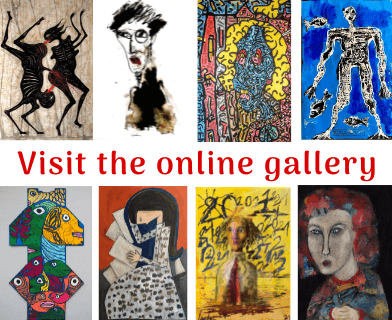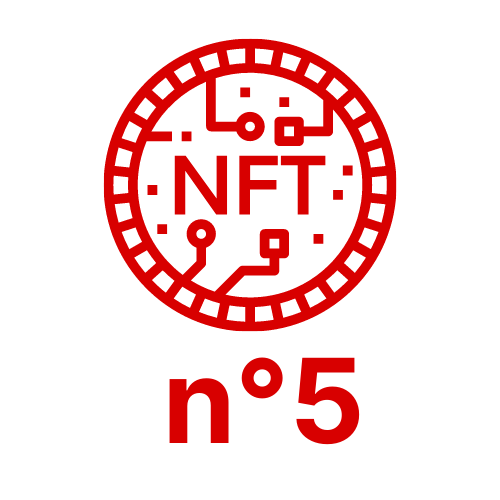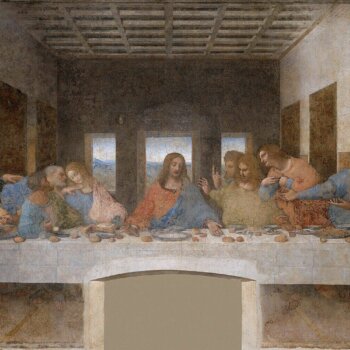
NFT art in 10 questions
- Post published:1 November 2022
- Post category:Art Files

What is NFT ?
The NFT (“Non Fungible Token”) uses blockchain technology to certify computer data.
By associating an unfalsifiable authenticity marker with a computer file (gif, image, video, audio, etc.), the NFT makes it possible to guarantee the unique character of a digital work. This is known as NFT Art! or NFT Art in English.
Indeed, artists who create digital works (using computer software such as Photoshop) faced an insoluble problem before the NFT. Since everyone could copy their work identically and without limit, it had no value. They may have been great artists but they could not make a living from their art! At most, they could print their work and sell it in signed limited editions…
The NFTs provide a solution by authenticating digital works.
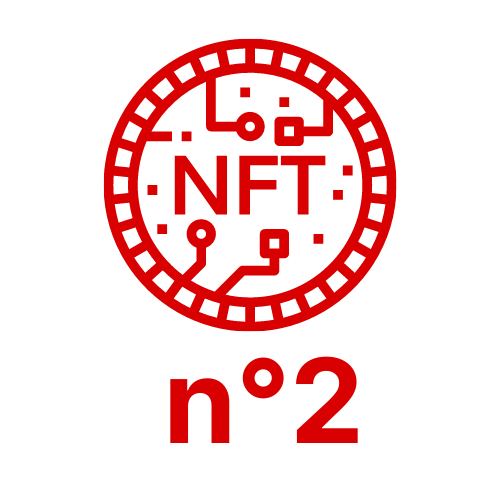
Can a work of art associated with an NFT be duplicated ?
You can always make a copy on your computer of a digital work but not of the associated NFT. You therefore have the image of the work but not the work itself.
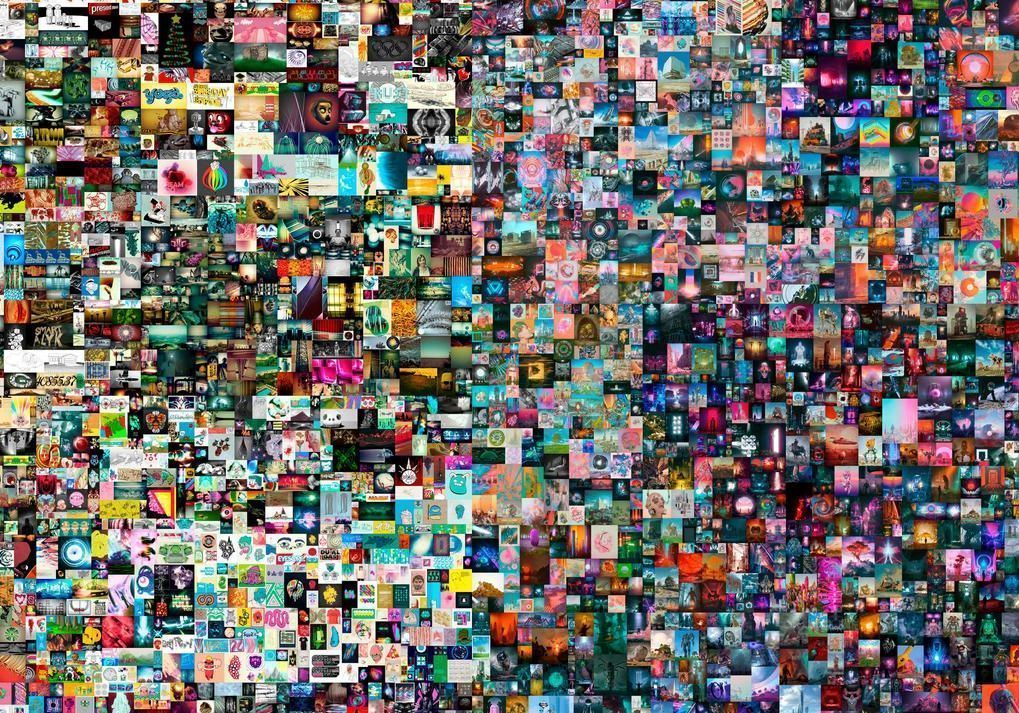
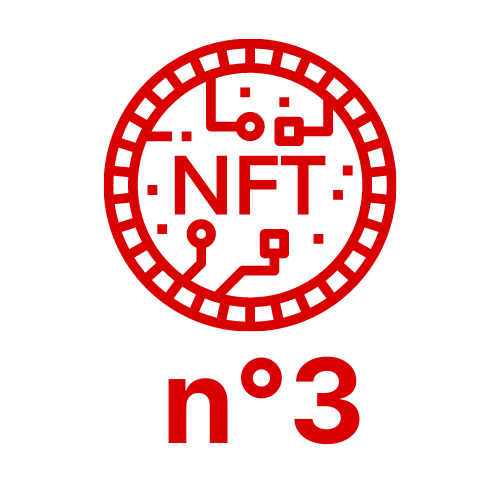
What do NFTs bring to collectors ?
NFTs guarantee that digital art collectors will own a unique work. It can be part of a series, but each copy will be unique (N°1, N°2…).
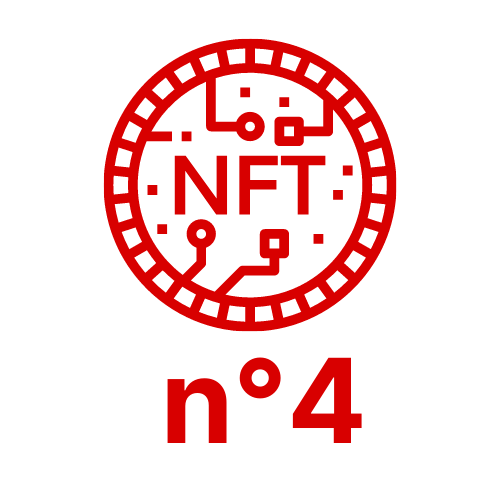
What do NFTs offer digital artists ?
Digital artists can now sell their work without having to go to print. In addition, they earn money on the resale of their work by receiving a percentage of the sale price (royalties) from future transactions.
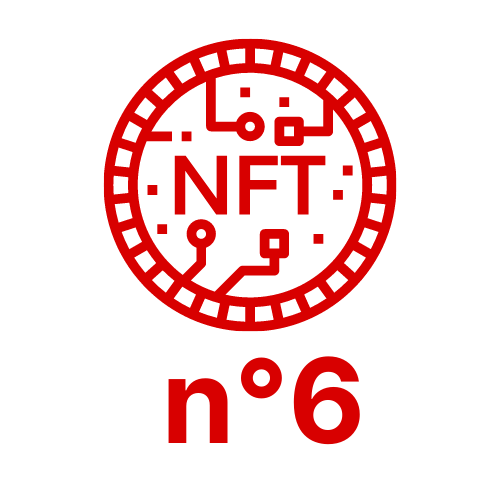
Are there other places where NFT art is exchanged ?
In the classical art world, intermediaries (galleries, auctioneers, auction rooms…) secure transactions, discover new talents, help and guide artists and collectors… and the same is true in the world of NFT art, but still in its infancy.Ainsi, les salles de vente aux enchères se mettent aux NFT. Christie’s et Sotheby’s ont ouvert des départements spécialisés.
De même, les galeries d’art s’intéressent aux NFT. La galerie Schwab à Paris a récemment ouvert une galerie virtuelle dans l’univers digital Metaverse. (SCHWAB BEAUBOURG GALLERY – 3 Thomas Ave – Cryptovoxels)
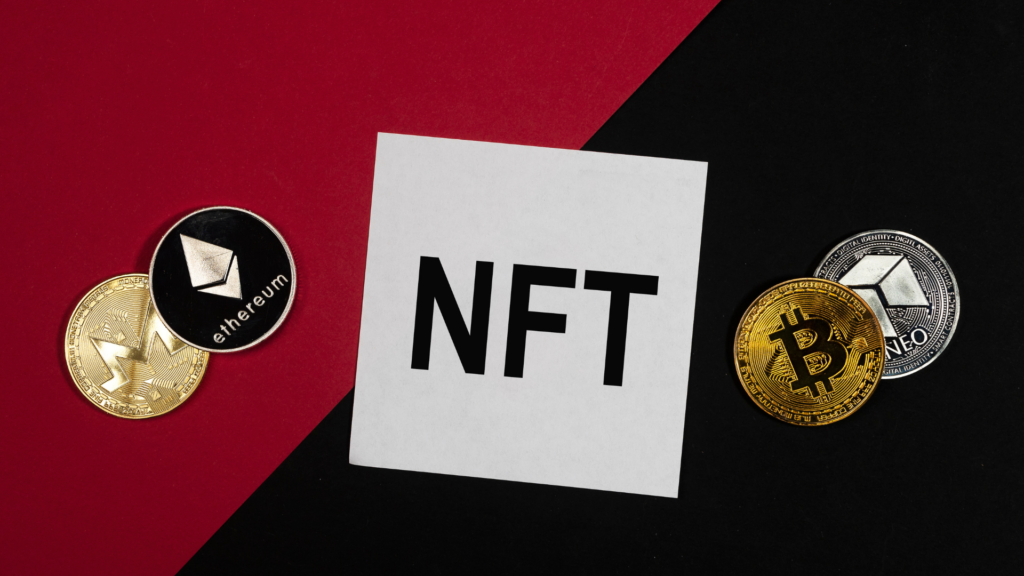
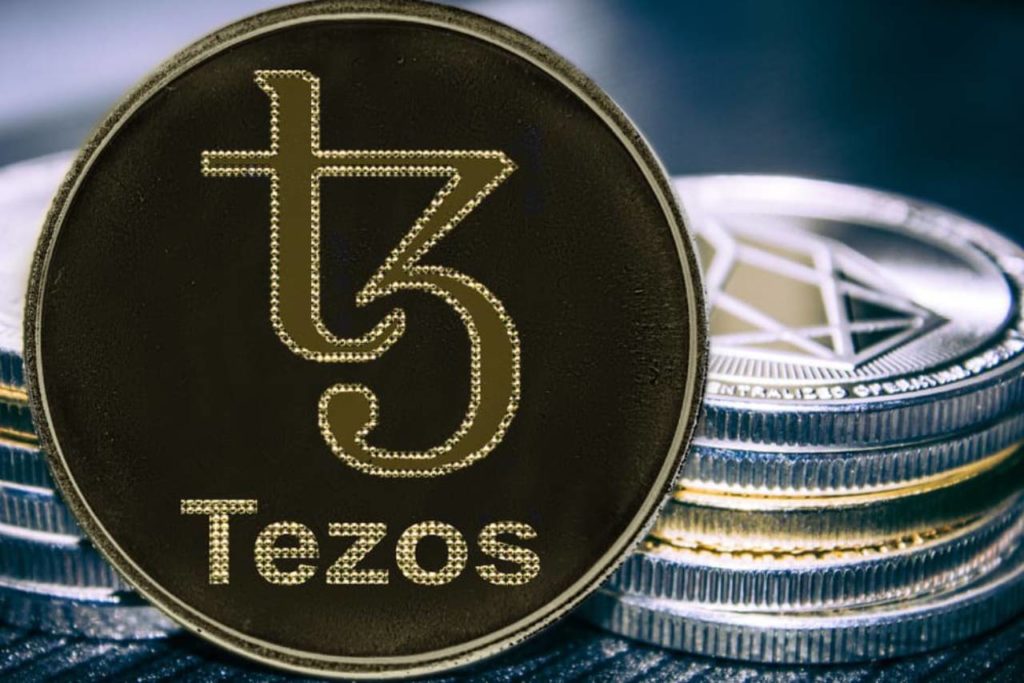
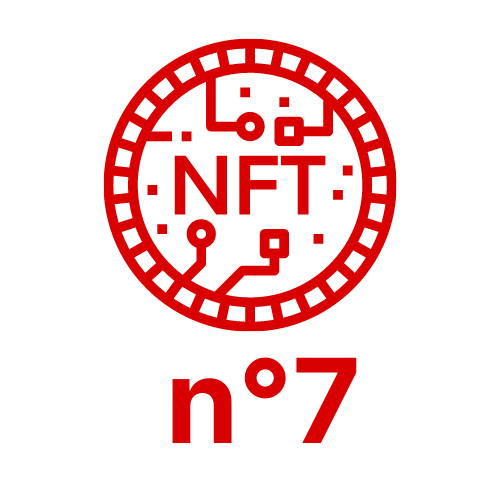
What currency are NFTs traded in ?
These transactions are all done in crypto currencies. To buy and sell, you therefore need a wallet in a crypto-currency.
For example, on the objkt.com platform, the crypto currency used for transactions is Tezos. (objkt.com | The largest NFT marketplace on Tezos)

Will digital art and traditional art coexist or ignore each other ?
Will artists create in both real and digital formats? Will collectors be interested in both worlds? Or will there be a world of digital art on huge flat screens ignoring a world of traditional gallery art?
At the moment, all combinations seem possible, and so much the better.
For example, the British artist XCOPY is a 100% digital creator, while the French artist Jérôme Oudot Trëz is constantly juggling traditional and digital creation. Another example is the British artist Henrik Aa. Uldalen is a traditional artist who films his work in NFT when he modifies it by burning parts of it or pouring solvent on it.
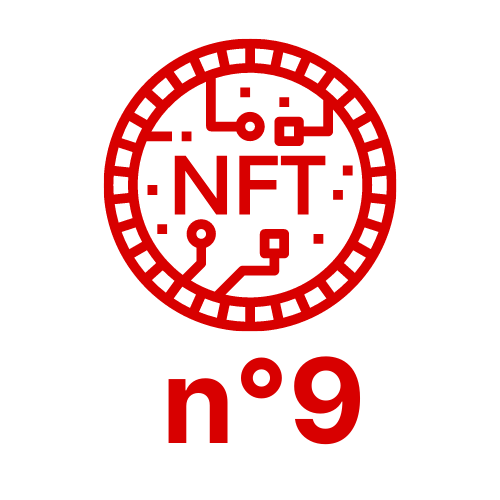
What are the disadvantages of NFTs ?
There are two main disadvantages:
- The value of a digital work varies according to the artist’s rating and also the value of their cryptocurrency. The NFT Art market is therefore very speculative
- Blockchain technology consumes a lot of energy to run the computers that secure each transaction.
- To go further, read our article where François Deneulin, gallery owner, gives us a fascinating critical point of view on NFT Art!
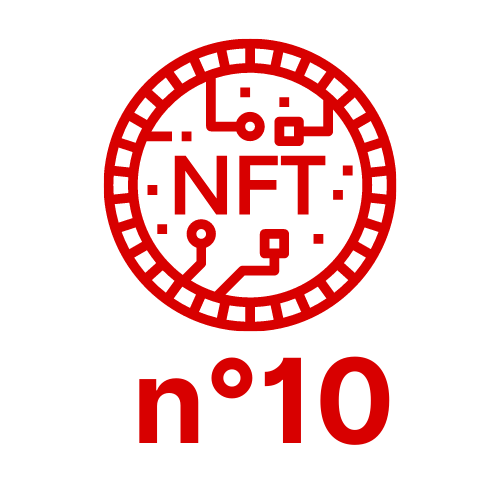
Will the success of NFT in art be sustainable ?
Certainly, NFTs are the future of digital art because they allow new artists to create authenticated works and thus to finally live from their creations.
However, digital art is becoming a new tool of creation as the brush, the pencil or the chisel of the sculptor was. In each case, the new creative tools are superimposed on the existing ones but do not replace them. The artists in the Chauvet cave 37,000 years before our era were already using painting techniques. We dare to believe that painting will still exist in a hyper-computerised world.

The editorial team
Pleasure and emotion of artistic discoveries
